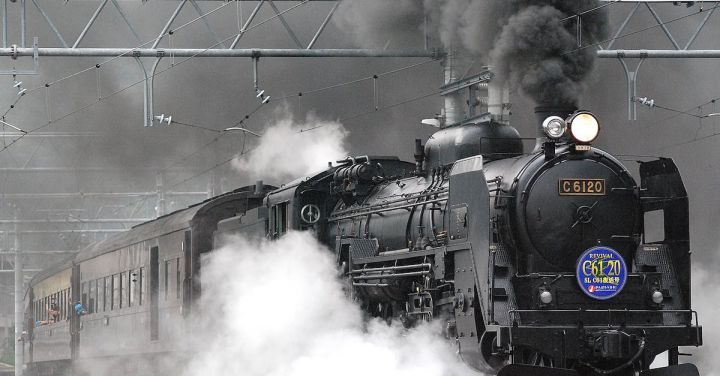Steam locomotives, the giants of the industrial era, revolutionized transportation and played a vital role in the development of modern society. These magnificent machines, powered by steam engines, were the backbone of the railway system, transporting goods and people across vast distances. Let’s delve into the fascinating world of steam locomotives and explore their significance in shaping the world we live in today.
During the 19th and early 20th centuries, steam locomotives dominated the railway industry, providing a reliable and efficient means of transportation. These behemoths were made up of various intricate components, each playing a crucial role in their operation. The heart of a steam locomotive was the steam engine, which generated power by boiling water and converting it into steam. This steam was then directed through the engine’s cylinders, creating a reciprocating motion that drove the locomotive’s wheels.
Steam locomotives were a symbol of power and strength. Their sheer size and raw power captured the awe and imagination of people. The smoke billowing from their chimneys and the rhythmic chugging sound of their engines became synonymous with progress and industrialization. These magnificent machines were the embodiment of human ingenuity and technological advancement.
The impact of steam locomotives on society cannot be overstated. They revolutionized transportation, making it faster, more reliable, and accessible to the masses. Prior to their invention, transportation was limited to horse-drawn carriages and boats, which were slow and inefficient. Steam locomotives changed this, connecting cities and towns, enabling the efficient movement of goods and people. They facilitated trade, boosted economies, and opened up new opportunities for development.
The construction of railway networks was a monumental undertaking, requiring immense resources and labor. Steam locomotives were instrumental in the expansion of these networks, as they could haul heavy loads over long distances. This led to the growth of industries, as raw materials and finished goods could be transported to and from factories more efficiently. Steam locomotives also played a vital role in the settlement of new territories, as they facilitated the movement of people and supplies to previously inaccessible regions.
The advent of steam locomotives also revolutionized travel. Prior to their introduction, long-distance travel was a laborious and time-consuming affair. Steam locomotives made it possible to cover vast distances in a fraction of the time, opening up new horizons for exploration and leisure travel. They also made commuting more efficient, allowing people to live further away from their workplaces and commute daily.
However, as with any technological advancement, steam locomotives also had their drawbacks. They were notorious for their environmental impact, as the burning of coal to produce steam released large amounts of pollutants into the atmosphere. The noise and vibrations produced by these massive machines were also a cause for concern, especially for those living near railway lines.
Despite their eventual decline with the advent of diesel and electric locomotives, steam locomotives continue to captivate the imagination of enthusiasts worldwide. Many preserved steam locomotives still operate on heritage railways, offering a glimpse into the past and allowing us to appreciate the power and beauty of these mechanical marvels.
In conclusion, steam locomotives were the giants of the industrial era, transforming transportation and shaping the world we live in today. These magnificent machines were symbols of progress, connecting cities, boosting economies, and revolutionizing travel. While they had their drawbacks, their impact on society and their enduring legacy cannot be denied. The steam locomotive era may be a thing of the past, but their legacy lives on in the annals of history.
